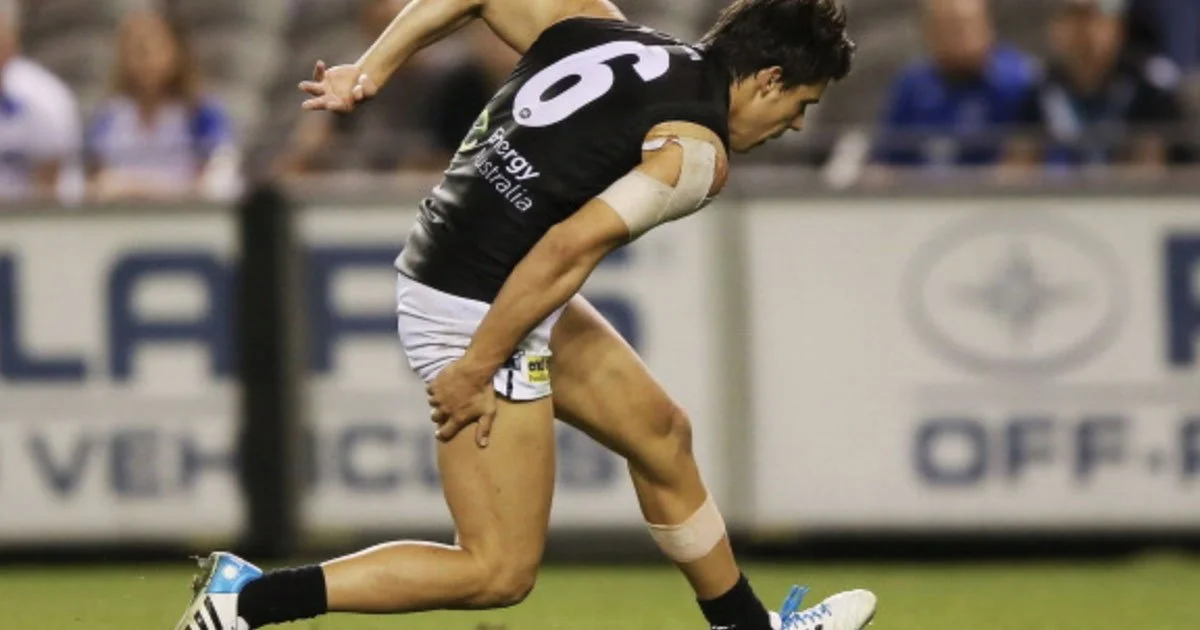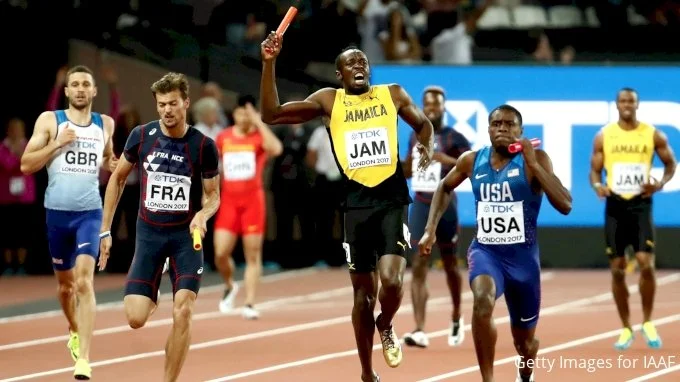New: Hamstring Strains
Hamstring strains can be one of the most common and painful injuries in sports and are common in activities that involve high-speed running such as track and cross country as well as doing events that include jumping, kicking, and explosiveness of the lower extremities with movements including rapid change of direction, including lifting objects from the ground. Not only is this injury common but its recovery time can range and often can be as lengthy as around 3 to 8 weeks until you can play back in season again.
Different degrees of hamstring strains:
First-degree strains damage the first few muscle fibers
Second-degree strains damage a more varied and more extensive range of muscles in the body
The third strain is a complete rupture of the muscle itself
Examination:
Physical therapy of patients should include inspection and palpation of the affected region, passive stretch of the hamstring muscles, and resistance testing of the hamstring muscle. With the palpatory examination, special attention is required to be placed on the hamstring origin an ischial tuberosity, the muscle belly of the hamstring determines if there is focal pain or palpable defect, and the insertion of the hamstring tendons as the pes anserine
Symptoms:
Sudden onset of posterior thigh pain during activity
With pain reproduced when the hamstring is stretched and/or activated
Muscle tenderness during palpation
Loss of function
An audible “pop sound” at the time of injury
Muscle spasm in the back of the thigh
Pain/weakness with running, jumping, or bending the knee against resistance
Bruising in the thigh 48 hours following the injury
Loss of fullness of the muscle, or area of muscle bulging with complete rupture
Risk factors:
Sports That require sprinting or running might make a hamstring injury more likely. So might other activities that can require extreme stretching, such as dancing and track
Earlier hamstring injury: people who have had one hamstring injury are more likely to get injured with another one. This can be especially true for people who try to go back to activities before the muscles have time to heal
Muscle imbalance: some suggest that a muscle imbalance may lead to a hamstring injury. If the quadricep muscles along the front of the thigh are stronger and more developed than the hamstring muscles, injury to the hamstring muscles may be more likely to occur in this case
Age: The risk of hamstring injuries increases the older you get
Anatomy of the hamstring:
Anatomically, the hamstring muscle group consists of three muscles: the biceps femoris, the semimembranosus, and the semitendinosus. All three originate from the lower part of the pelvis, or the ischial tuberosity, traverse the back of the thigh and attach around the knee on the proximal tibia and fibula. Their complex attachments around the knee help provide stability to the knee while providing the power to both flex the knee and resist extension of the knee (as in swing through phase of gait).
Case Study:
With hamstring strains, you can either have it severe or mild and in this case, a world-class athlete and fastest sprinter in the world had it severe when he tore his left hamstring in the final race of his career during the 4x100 meter relay at the IAAF world championships on Saturday. Bolt says - “Sadly I have a tear of the proximal myotendinous junction of biceps femoris in my left hamstring with partial retraction. Three months rehab."Bolt retires with 14 world championship medals, which is the most ever by a male track and field athlete. In London, he won a bronze medal in the men's 100 meters after finishing third behind USA's Justin Gatlin and Christian Coleman. Most hamstring strains will heal with rest and physical therapy in a couple of weeks. Only some grade 3 tears require surgery. If you experience any of the symptoms listed above or know you strained your hamstring, it is important to see a specialist like Dr. Steven Chudik to have your injury accurately diagnosed and the proper treatment and rehabilitation program started as soon as possible so you can resume your quest for gold, golf or your daily activities.
Conclusion: Hamstring strain injuries (HSIs) are common in sports that involve high-speed running, jumping, kicking, explosive lower extremity movements, or lifting objects from the ground. The injury typically involves some type of eccentric overloading or overstretching in a position of hip flexion and knee extension. This CPG includes sports-related overloading and overstretching injuries to myofascial or musculotendinous structures in any combination of the 3 hamstring muscles (the semitendinosus, semimembranosus, and biceps femoris)
Sources:
Knee Pain and Mobility Impairments: Meniscal and Articular Cartilage ..., www.jospt.org/doi/10.2519/jospt.2018.0301. Accessed 29 Jan. 2024.
Chu, Samuel K, and Monica E Rho. “Hamstring Injuries in the Athlete: Diagnosis, Treatment, and Return to Play.” Current Sports Medicine Reports, U.S. National Library of Medicine, 2016, www.ncbi.nlm.nih.gov/pmc/articles/PMC5003616/.
Knee Pain and Mobility Impairments: Meniscal and Articular Cartilage ..., www.jospt.org/doi/10.2519/jospt.2018.0301. Accessed 29 Jan. 2024.
Usain Bolt Tore His Hamstring in Final Race at World Championships ..., www.si.com/olympics/2017/08/17/usain-bolt-tears-hamstring-world-championships-final-race. Accessed 29 Jan. 2024.
Chudik-Administrator, Team. “Usain Bolt Bolts to Golden Victories despite Hamstring Tear.” Steven Chudik MD, 22 Sept. 2016, www.stevenchudikmd.com/blog/usain-bolt-bolts-to-golden-victories-despite-hamstring-tear/.
Martin RL;Cibulka MT;Bolgla LA;Koc TA;Loudon JK;Manske RC;Weiss L;Christoforetti JJ;Heiderscheit BC; “Hamstring Strain Injury in Athletes.” The Journal of Orthopaedic and Sports Physical Therapy, U.S. National Library of Medicine, pubmed.ncbi.nlm.nih.gov/35164536/. Accessed 29 Jan. 2024.


